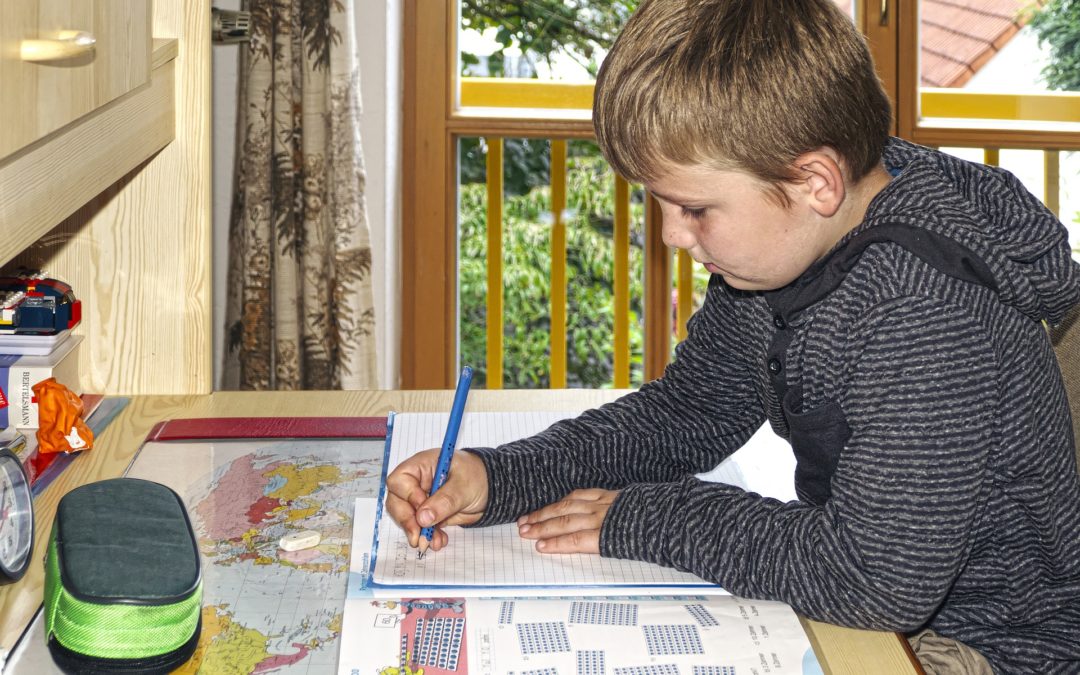Districts are in the process of releasing back to school plans. The initial guidance from the Massachusetts Department of Elementary and Secondary Education (“DESE”) instructed each district to prepare Learning Plans for in-person, hybrid learning and remote learning. Many districts have presented hybrid and remote learning plans to the community. What is the guidance for hybrid or remote learning 2020-2021? How will students on IEPs be considered?
The initial guidance from MA DESE included the following information:
In-person learning: In this model, all students return in person to school settings that are modified to accommodate the health and safety requirements outlined by the state.
Hybrid learning: A hybrid model means that students would alternate between in-person and remote learning. Districts could use an A/B model that separates two distinct groups of students who attend school in-person on different weeks, different days of the week, or half days each day. Many districts are including a one day a week remote learning day into the hybrid model to allow for cleaning.
Remote learning: Remote learning is expected to be more robust than the models of remote learning implemented in the Spring of 2020. Schools must be prepared to provide services through Instruction and Services mode of delivery. The Resources and Supports delivery model (sending packets and assignments home) can only be used on a temporary basis for a limited period (no more than two weeks).
Instruction and Services must include the following components:
- A regular and consistent schedule of classes, interventions, services and therapies as required by the student’s IEP, offered synchronously or asynchronously, including time spent interacting directly with teachers and service providers on a regular basis, some independent work time (as appropriate), and opportunities for interacting with classmates;
- Structured learning time designed so that the student can access state standards and
- Frequent interactions with teachers and other staff members to ensure participation.
What about students with disabilities and English learners?
DESE’s Comprehensive Special Education Guidance for 2020-2021 School Year said that even if a district’s plan calls for hybrid or remote, high-needs students should be prioritized for full-time in-person learning when feasible. Even if most students are not in school each day, schools should consider setting up small programs that would run daily for one or more cohorts of high-needs students, including students with disabilities and English learners who are most in need of in-person services.
Delivery of IEP Services
DESE said that students must receive all services documented in their IEPs through in-person instruction, remote instruction, or a combination of both, with a strong emphasis on providing in-person instruction to the greatest extent possible, while abiding by the current necessary health and safety requirements.
Schools must make every effort to maintain in-person instruction for students with disabilities, particularly those with complex and significant needs and preschool-aged students.
If in-person learning is not possible, schools are encouraged to provide as many in-person services as possible on a part-time basis (i.e., students could go to school for therapies, social skills groups, or Applied Behavior Analysis services). In-person services may also be provided in the home or in community-based settings where feasible for students with significant and complex needs if in-person is not possible.
Additionally, if in-person instruction cannot be provided and students with disabilities must receive instruction either remotely or through a hybrid model, they must receive special education instruction and related services necessary to provide FAPE through an Instruction and Services model of delivery (e.g., structured lessons, teletherapy, video-based lessons, etc.) instead of relying solely on a Resources and Supports model (e.g., packets and assignments).
The above summary includes guidance from many different DESE documents. It is a lot of information to consider particularly because it seems like there is new guidance or information from the schools every day. Are you struggling to understand how this affects your child’s IEP or what options you have? I understand both the legal issues and the emotions involved in advocating for our kids and I work with my clients to guide them through the special education system. These are stressful times and we can not let our kids or their education fall through the cracks. If you have questions about how your district will be implementing your child’s IEP or 504 Plan or if you need help with your child’s specific needs, please contact me.

